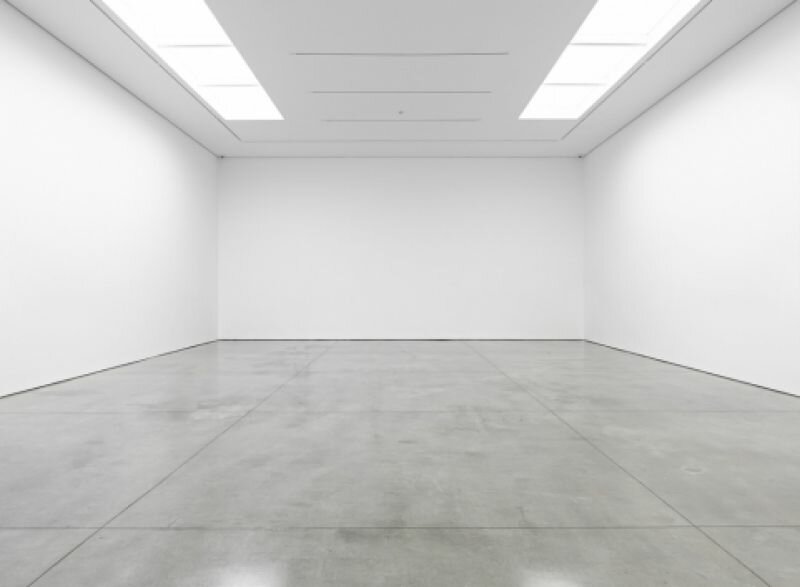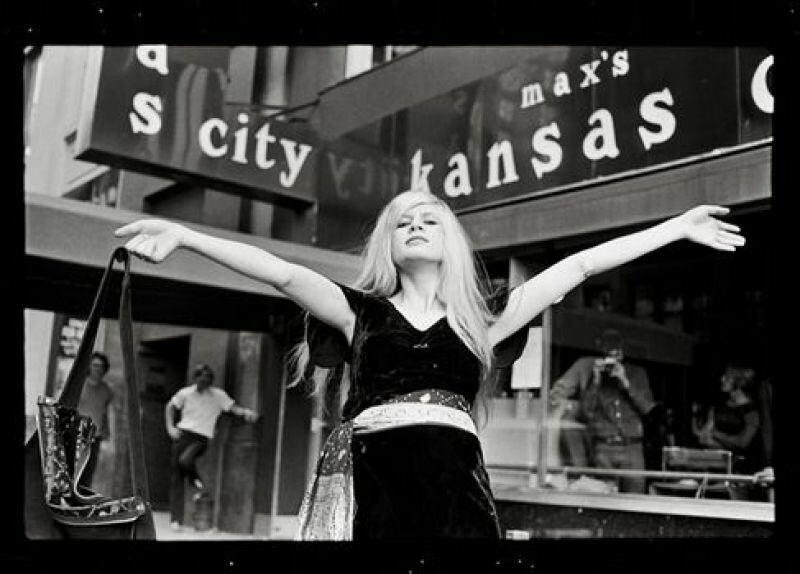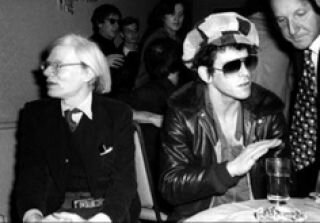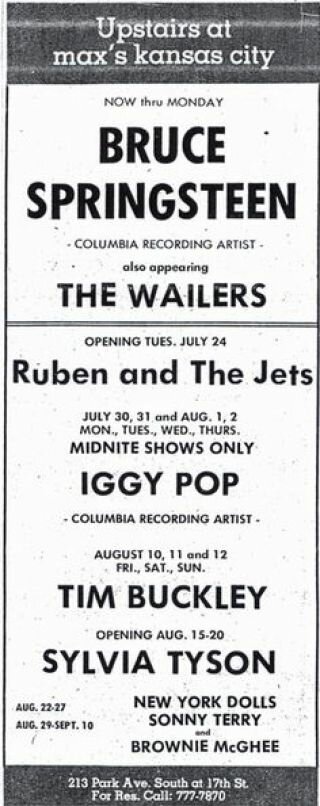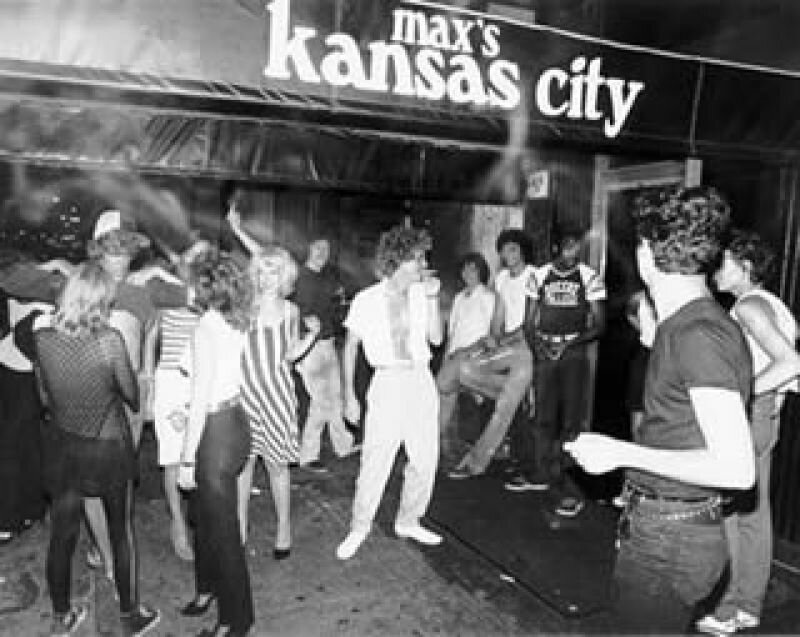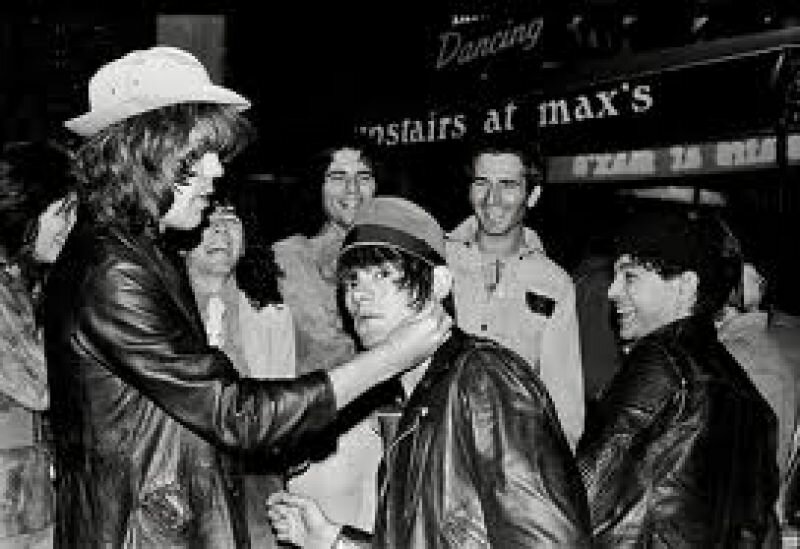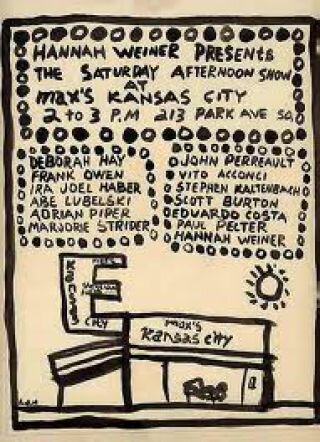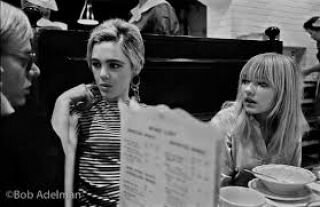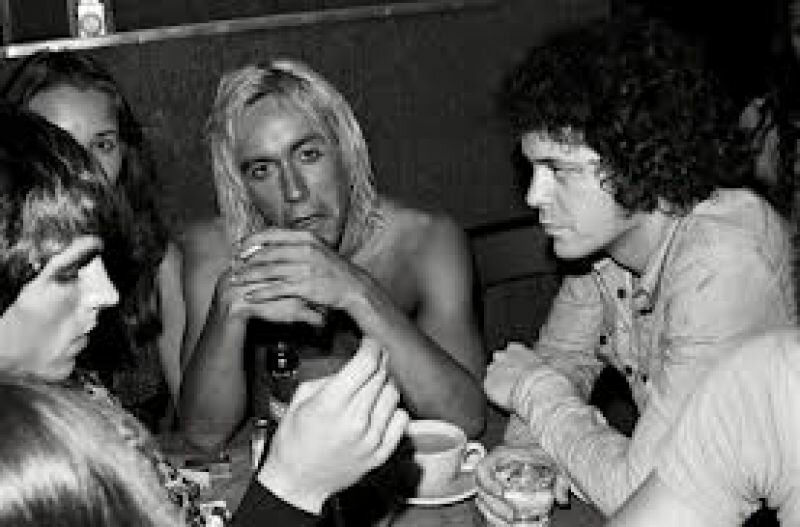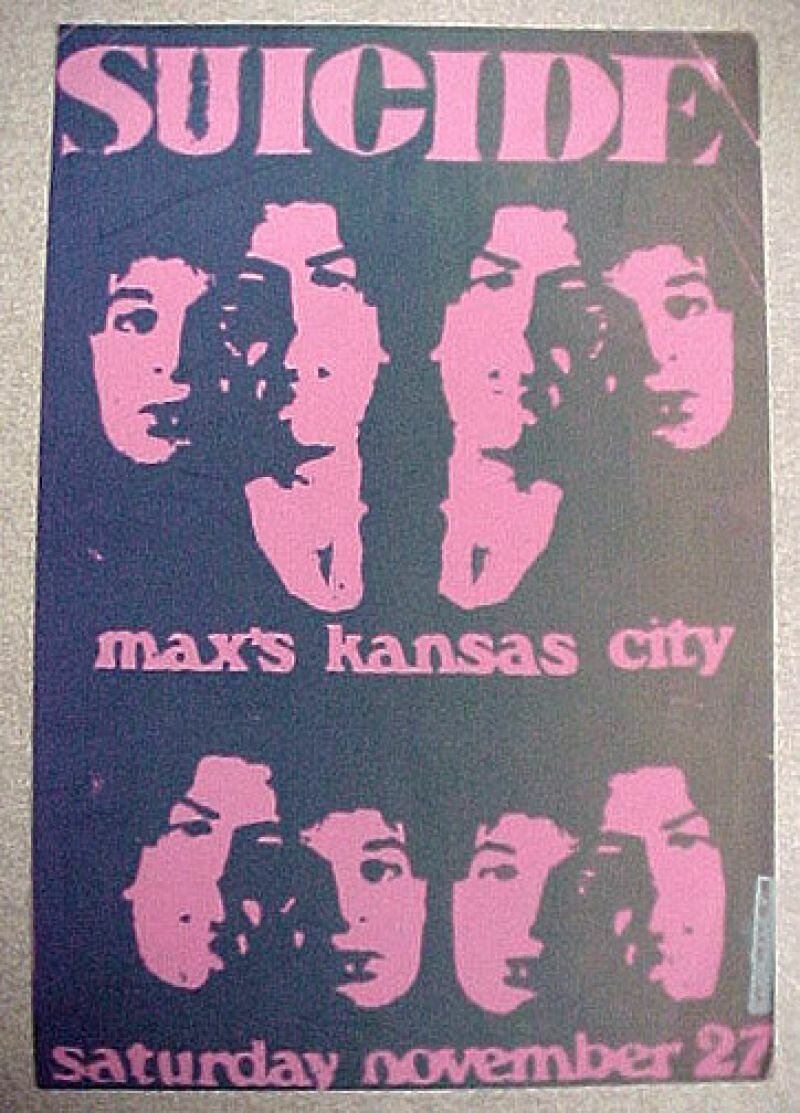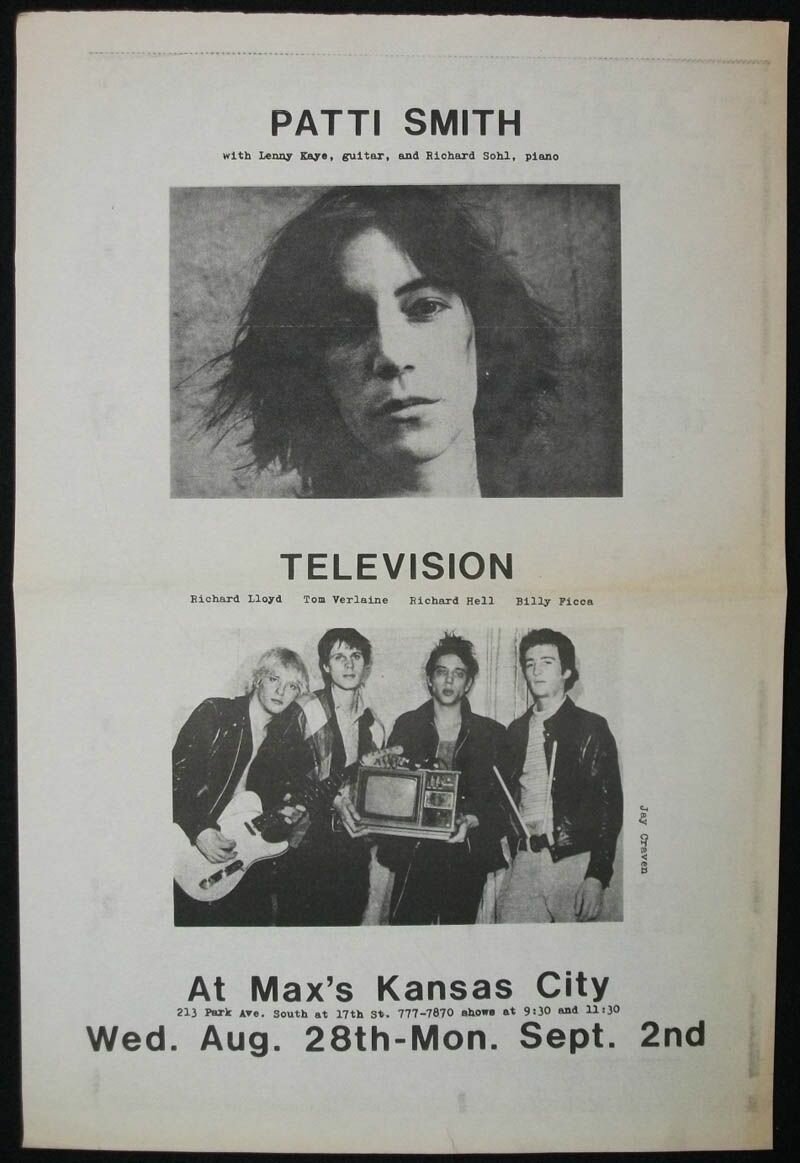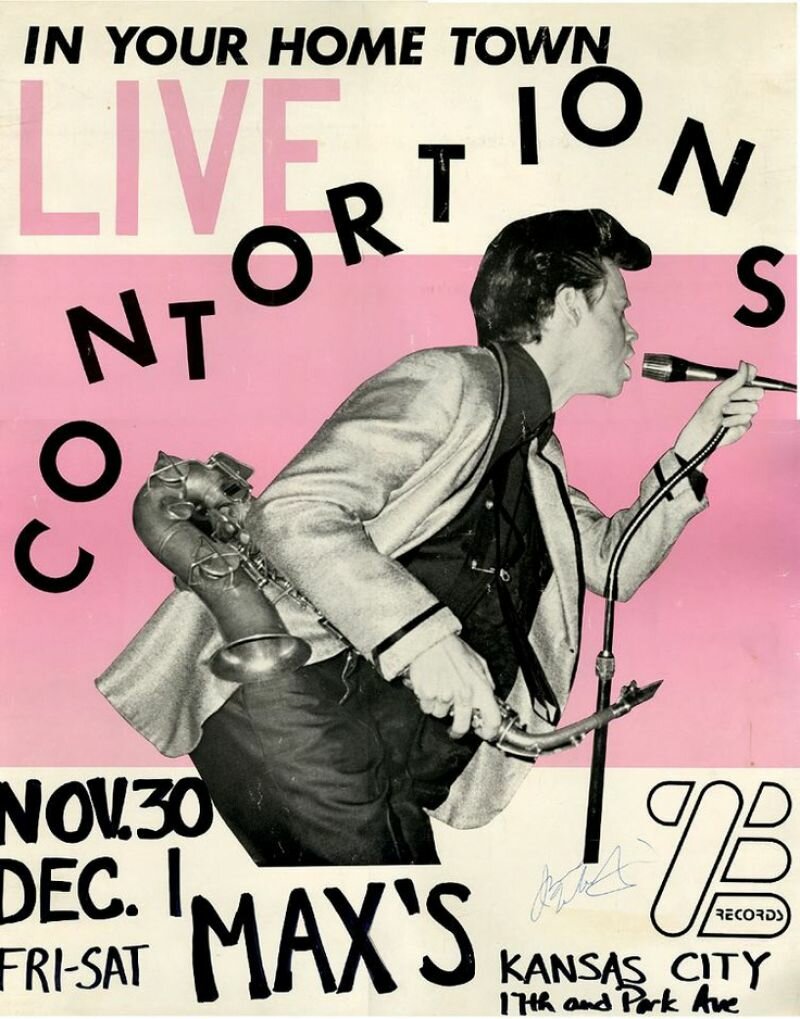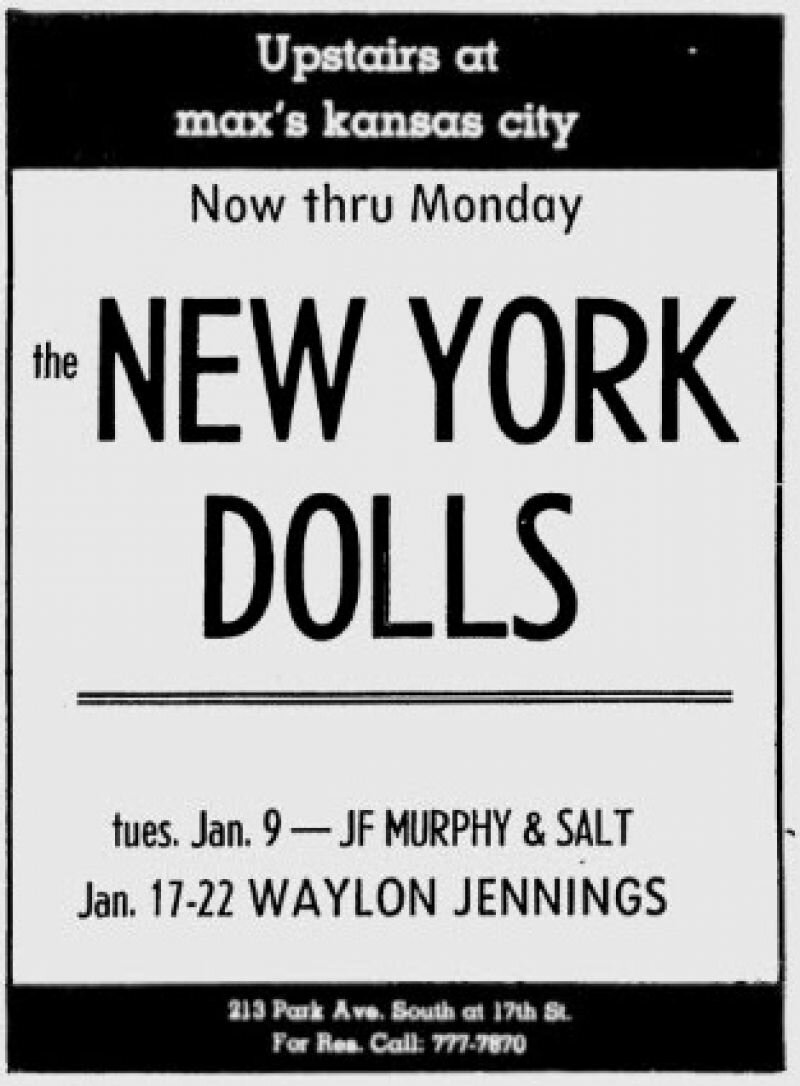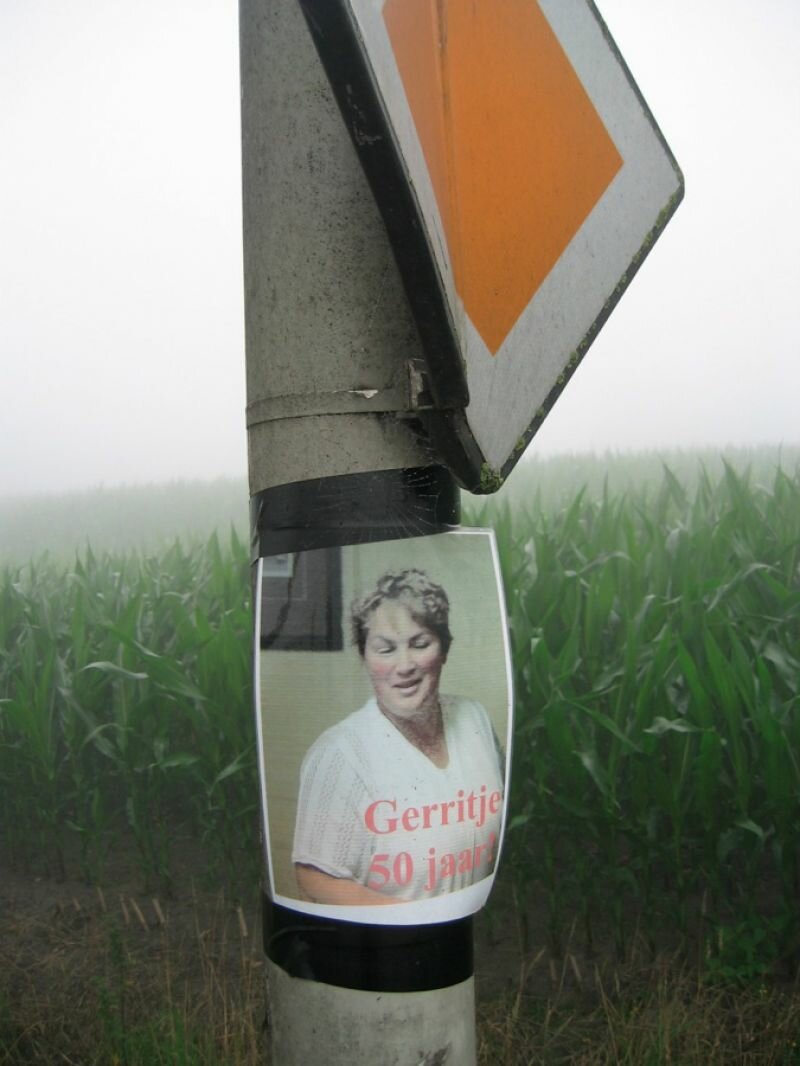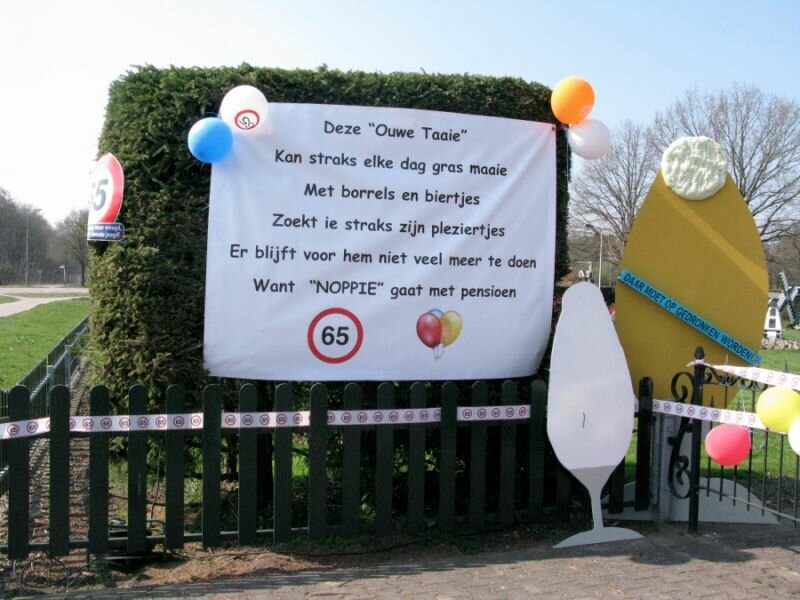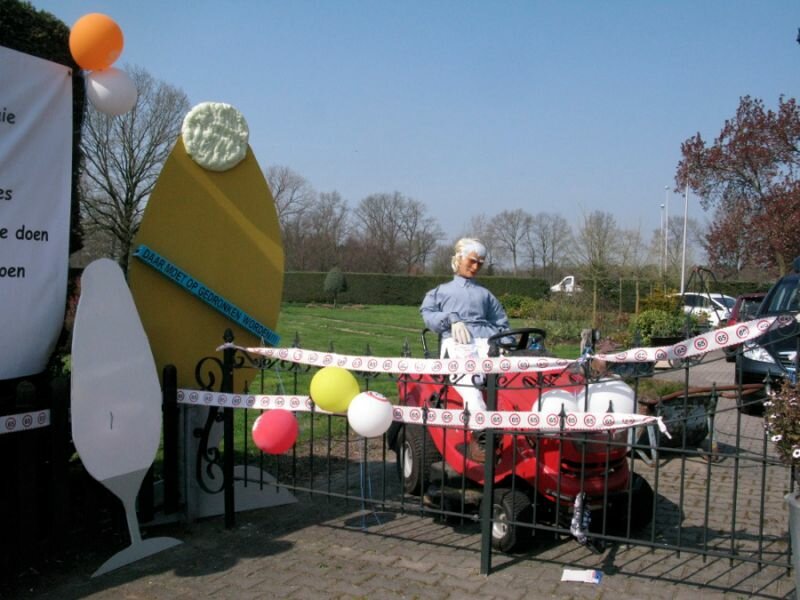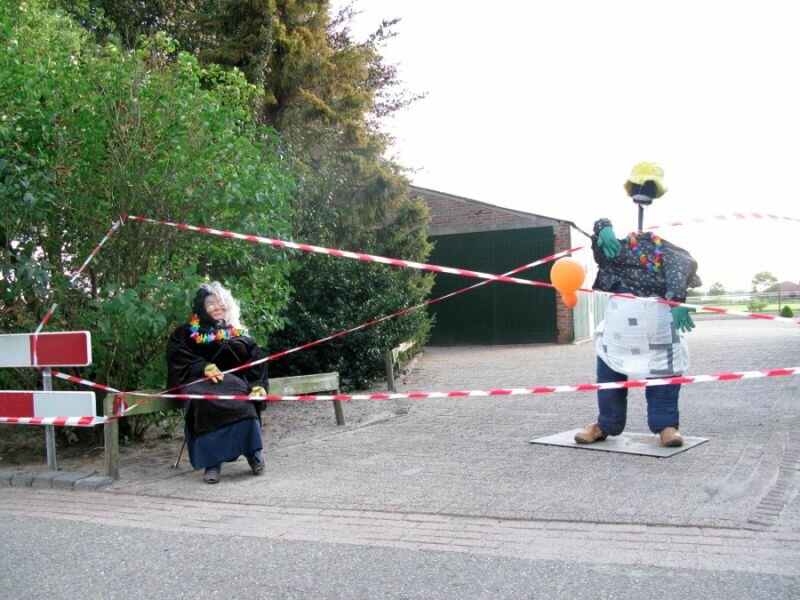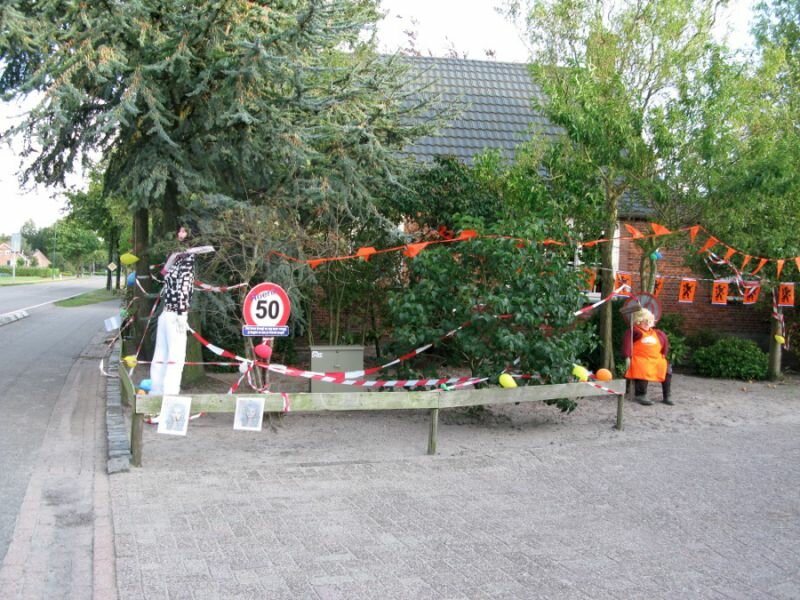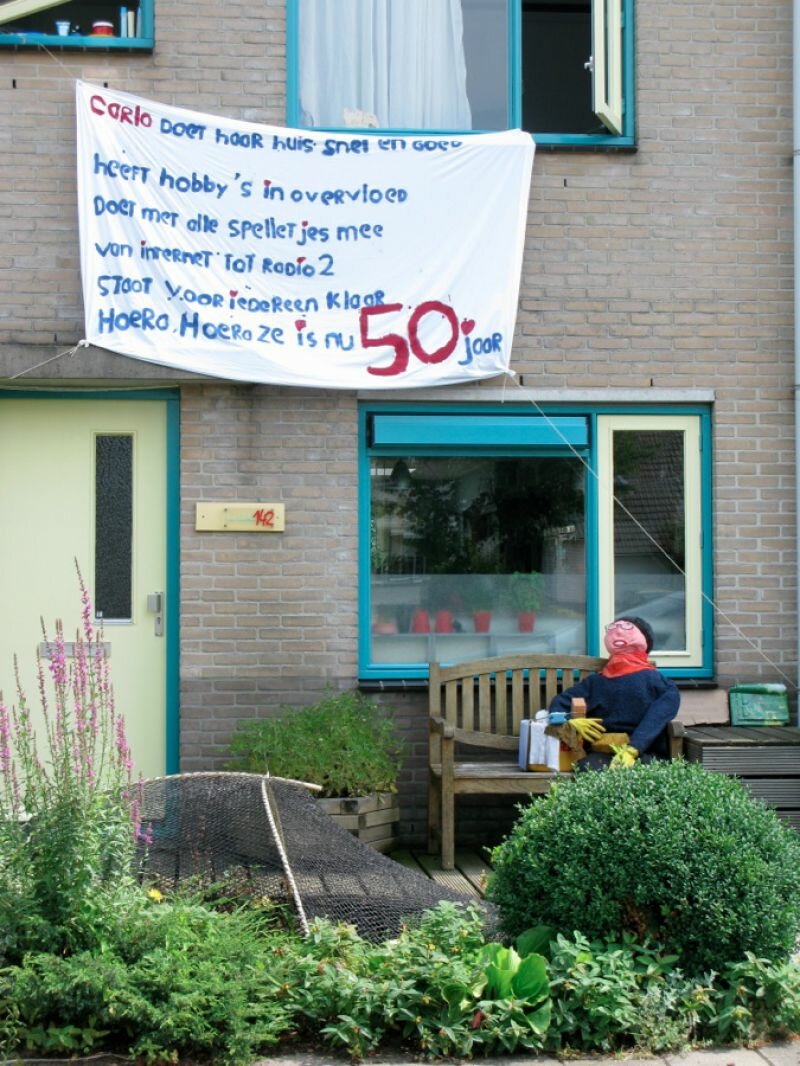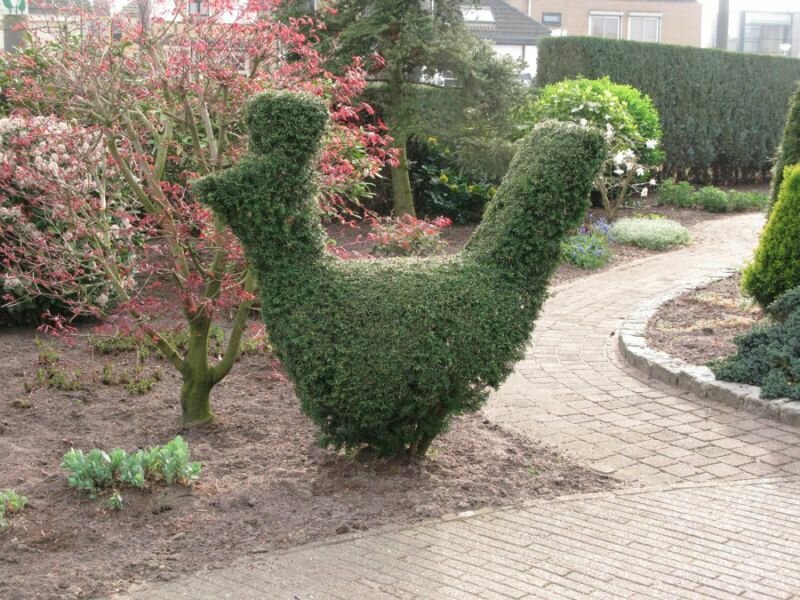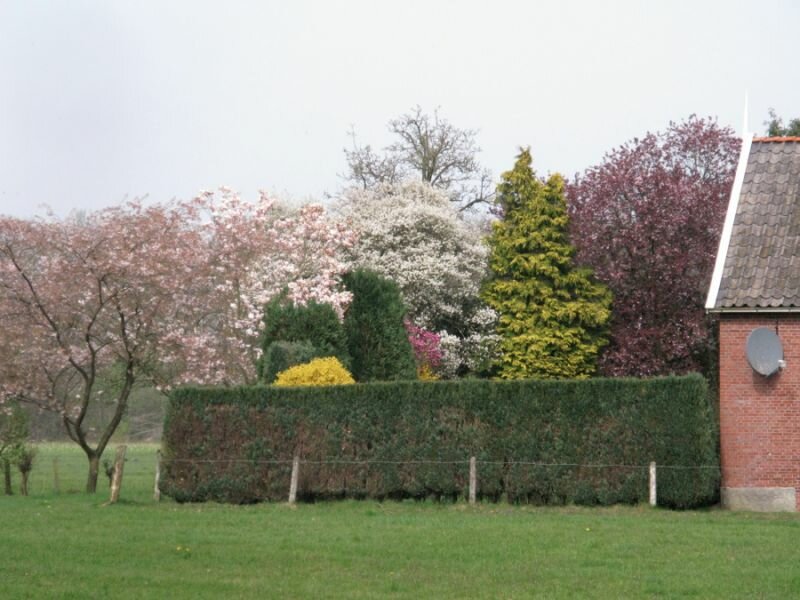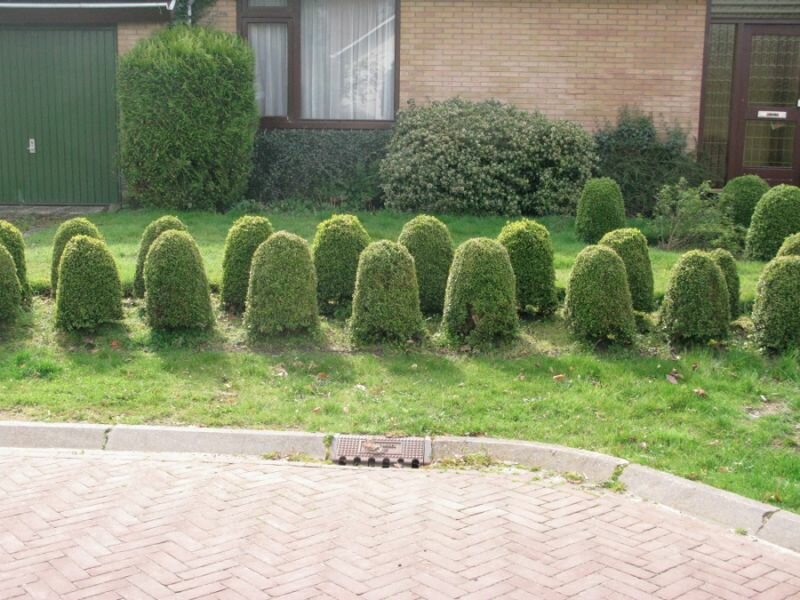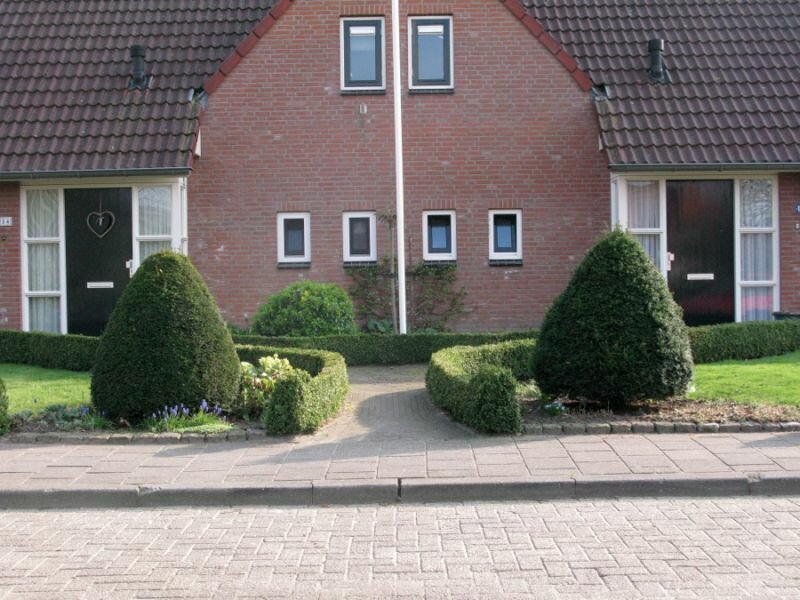
Helene Kröller-Müller, born into a prosperous industrialist family and Anton Kröller, a shipping and mining tycoon, were one of the wealthiest couples of their era in The Netherlands. Not only was Helene Kröller-Müller one of the first European women to amass a major art collection, she was also one of the first to recognise Vincent van Gogh’s talent, ultimately purchasing 90 of his paintings. Spearheaded by Helene Kröller-Müller, the couple set out to build a hunting lodge, the Jachthuis Sint-Hubertus— an enormous villa jutting out from the centre of the vast Dutch national park, the Veluwe.

Mrs. Kröller-Müller herself, as depicted in her study room.
Between 1914 and 1920, the build of the Jachthuis became one of Helene’s main attentions. She recruited the immensely successful architect now considered one of the fathers of Dutch modern architecture, H.P. Berlage, in an exclusive contract that bound him to the Jachthuis as his sole project. It proved an unparalleled endeavour for Berlage and he was set to design both building and interior, furnishings included, to the utmost detail.

Berlage’s motto, ‘unity in diversity’, was materialised through the Jachthuis: floors, ceilings, and walls were covered in triple glazed brick in red, yellow, blue, white, crème, green, and black. True to Berlage, many of the steel I-beams were left bare, although swathed in colour. The Jachthuis, its floor plan shaped like the antlers of a deer, exemplified a world of modern splendour.

The lodge was spared no luxury, and many of its features were a rarity in its days: electricity, a central heating system, warm water (although not in the servants’ quarters), and even a central vacuum system were installed. The tower overlooking the forests and heaths was fitted with an especially spectacular feature, the country’s first elevator. Once again, the servants were exempted from such luxury, and instead, climbed the many stairs to serve their patrons their tea.

The I-beams, visible and painted red.
Helene, being accustomed to a world of affluence, was not familiar with being denied her wishes. Inevitably, the design and build of the Jachthuis became a perpetual tug of war between Helene and Berlage. Once the foundations had been dug, she changed her mind and demanded to start over in a more favourable location on the plot. Although Berlage was presented with the extraordinary opportunity of a seemingly endless source of funds to create what was, in essence, a great gesamtkunstwerk, the strain of Helene’s fickle nature proved too much, and he walked away before the build was complete.

From each lamp, to each door made from rich, dark tropical hardwood nowadays too precious to consider, to every chair (those in the ladies room lowered to fit Helene’s petite frame) to the clocks, and even to the cigar humidifying cabinet—all were built in the vision of Berlage. Many of these objects in the Jachthuis attest to Berlage’s meticulous design, from the bronze sculptures bolted in place never to be relocated, to the legs of the furniture that fit perfectly over the square geometric floor tiles.

The legs of the cabinet fit perfectly over the tiles.
But nothing is as indicative as what one finds when lifting a corner of the dining room carpet. There, on top of the deep jade coloured glass floor tiles lies a thick red rug underneath which nothing but bare concrete is exposed. A bid to reduce costs? No, money was never an issue. The decision to keep the naked concrete, its banality dully contrasting with the luxury of its surroundings, was of a purely functional nature, a small gesture to ensure that everything stayed precisely as it should be, never straying from what Berlage envisioned. After all, you can’t quite move the rug if that’s where the tiles stop.

Lift the rug to reveal the concrete!
